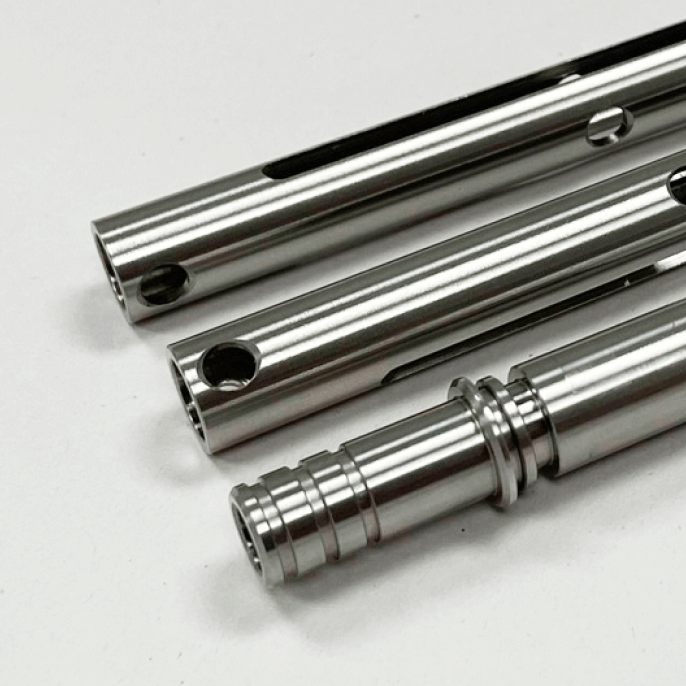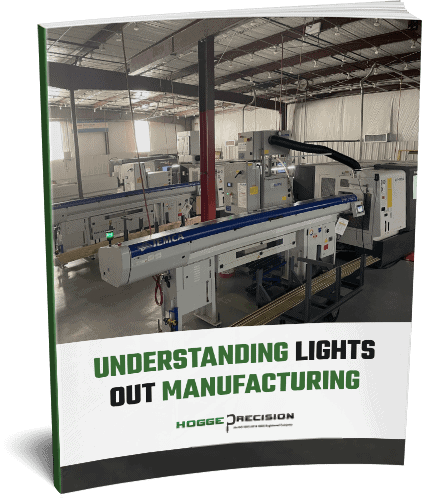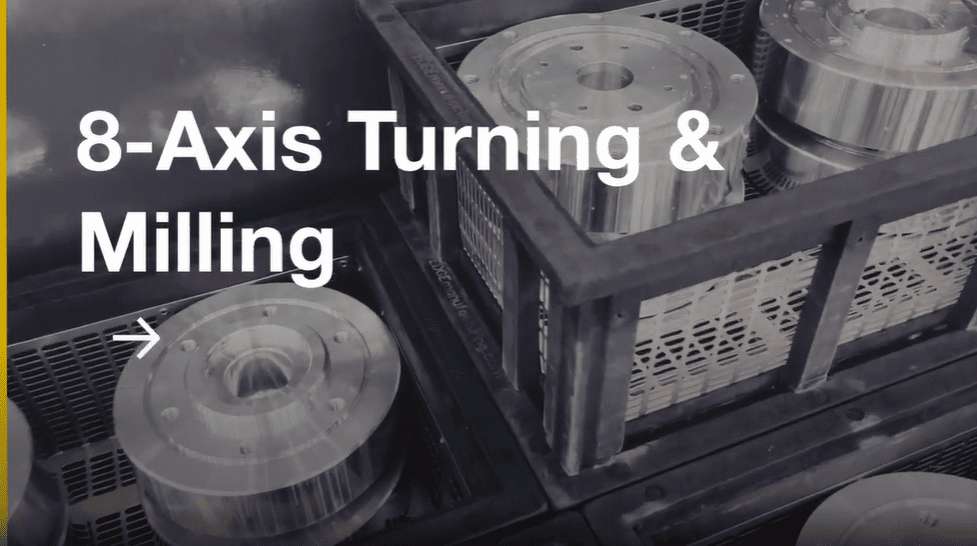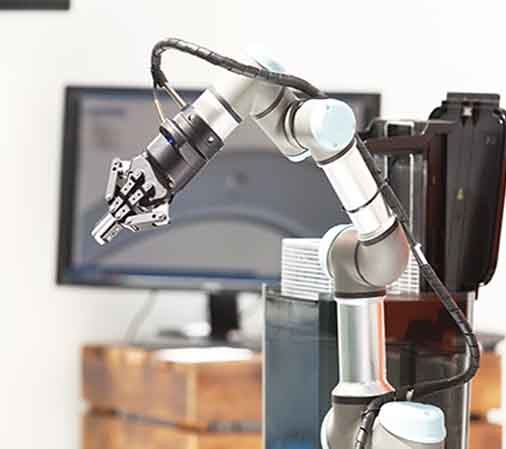
Conventional CNC Turning vs. Swiss CNC Turning
Table of Contents
Quick Summary:
Swiss turning and CNC turning are machining processes that shape materials by spinning them at high speeds while using cutting tools. Swiss turning uses a guide bushing for long, slender parts, while conventional CNC turning is better suited for shorter, large-diameter parts with tight tolerances.
Swiss turning and traditional Computer Numerical Control (CNC) turning are two different ways used to machine parts made of metal or other raw materials. Specifically, machining is the process of removing material from a workpiece and shape it into its intended design. Both Swiss turning and CNC turning function by spinning materials at high speed and using cutting tools to shape the material into the desired part. This practice has been around for many years but has become more versatile with new technologies. These practices are crucial to many different industries for their ability to engineer metal and plastic parts efficiently and precisely.
What Is Conventional CNC turning?
Conventional CNC Turning is a process in which the bar stock rotates in a fixed position and the cutting tool’s position is driven by servo-controlled motors, typically in the X and Z axes. The process allows for highly accurate movements. Commercial metalworking machines feature standard closed-loop controls that provide accuracy, speed, and durability.
Advantages and Features of Conventional CNC Turning
This type of conventional turning is better suited for shorter, large-diameter parts with tight tolerances or difficult materials. It is ideal for many applications including:
- Forgings
- Castings
- Bar Stock
- Sawed Slugs
- Anything with a diameter larger than ¾ inch
What Is Swiss CNC turning?
Swiss CNC turning is a process that feeds rotating bar stock through a guide bushing. No matter how long the workpiece, the turning tool always cuts the stock near the bushing or the point of support. The machine then feeds this past the spindle and past the tool as it goes, making Swiss-type effective for long and slender turned parts.
Advantages and Features of Swiss CNC Turning
Swiss CNC turning has an advantage in that during the turning process, the material is supported close to the tools cutting it. Using a guide bushing, the workpiece is pushed through and into tools while preventing deflection of the workpiece.
Some ideal applications for Swiss screw machining are:
- Long parts and small-diameter parts under 0.750 in.
- Connector components
- Watch parts
- Shafts
- Metal devices and implants
Learn more about the benefits of CNC swiss screw machining to see if its the best process for your specific project.
Which Turning Process Should I Use?
If you need something with minimal bending or your project has high volumes of small, cylindrical pieces with extremely tight tolerances, then Swiss CNC turning would be the best process for you. On the other hand, Conventional CNC turning offers high repeatability, precision, versatility, and speed manufacturing.
Hogge Precision can help you determine which process is best for your project. Contact us for a quote today.

Table of Contents
Additional Blogs

Ready to get started?
For more than 35 years, Hogge Precision has been a leading supplier and contract manufacturer of superior quality precision machined parts and assemblies for customers around the world. Thanks to our broad range of experience and state-of-the-art, ISO 9001:2015-certified facility, we deliver top-quality products and services with exceptional attentiveness and integrity. To learn more about our precision machining services, contact our team. We look forward to helping with your next project!

Or call us at: 843-332-3566













